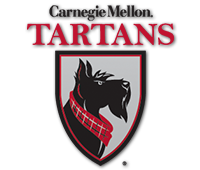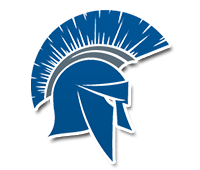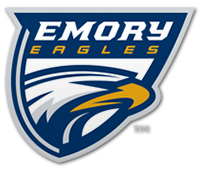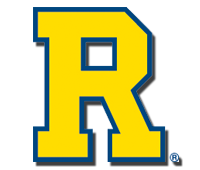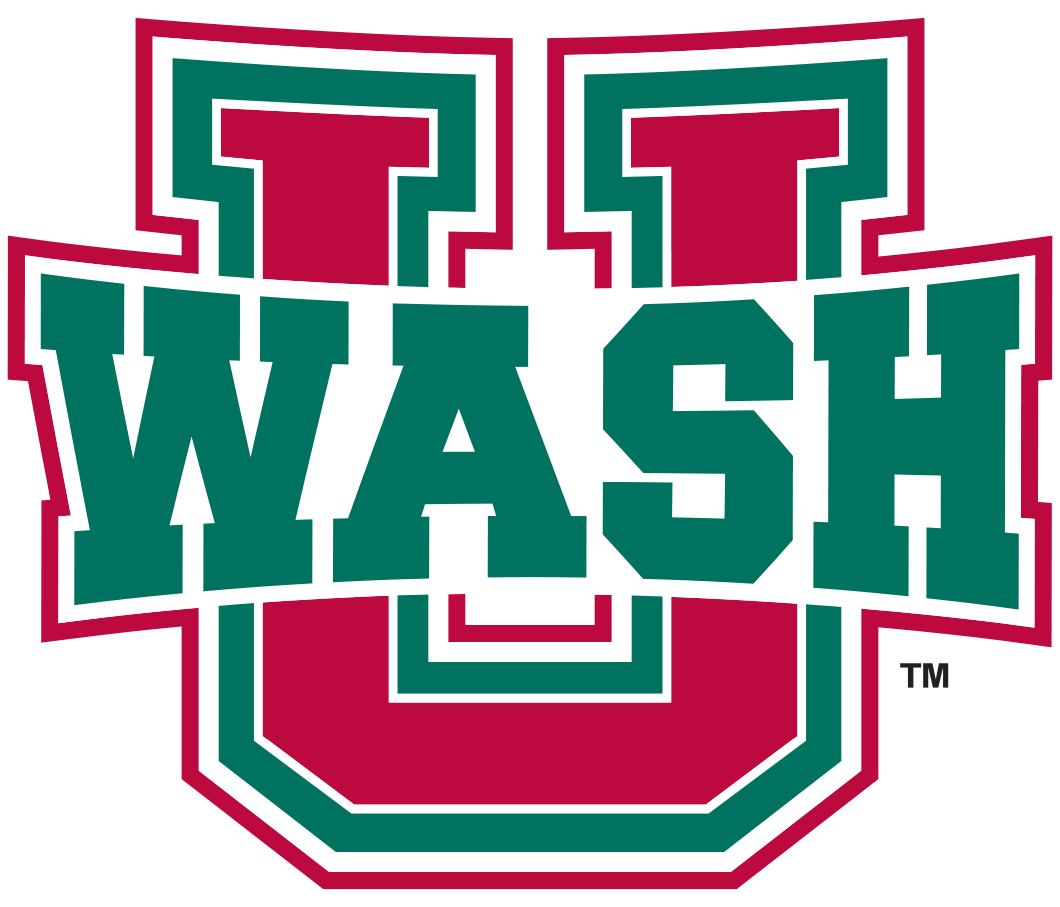
Photo: Leslie Kindling running in the 2017 Boston Marathon
For two-time NCAA track champion Leslie Kindling, it was always the science behind success that interested her and propelled her to be a successful student-athlete at Case Western Reserve University.
Her father was a Case Institute of Technology graduate. "I knew Case to be an excellent engineering school," Kindling said. "I wanted to be an aerospace engineer and knew that I could play soccer and run track there, while getting a great education. I was curious about the science behind the ‘Fosbury Flop’ (a high jump style made famous by 1968 Summer Olympics high jump champion Dick Fosbury) and human performance in general. Once I learned about biomedical engineering and biomechanics, I switched my major.”
After graduating from CWRU in 1995, Kindling earned her master’s degree in kinesiology and exercise science from the University of Oregon in 1998 and has spent her career working with the military, currently serving as Aerospace and Operational Physiologist with the U.S. Navy. “I wasn’t always interested in joining the military, but my mother says I was considerate of others and put others above myself,” she remarked. “I think my siblings and I grew up with a spirit of service, which has carried into our adult lives and careers.”
A soccer player since the second grade, Kindling was also a gymnast in her younger days, not taking up track until her sophomore year in high school. “I was often told I was fast playing soccer so there was an expectation that I would run track at some point,” she commented. “My gymnastics coach nicknamed me ‘Daddy Kangaroo Legs’ for my leaping and vaulting ability.” Despite joining the track team and picking high jump on a bit of a whim, because her older sister’s friend competed in the high jump and it “looked fun” to Kindling, she placed at the Pennsylvania State Championships in the triple jump, long jump, high jump, and as a member of the 4x100-meter relay.
She earned nine All-America honors combined at the NCAA Division III Indoor and Outdoor Track and Field Championships. She placed fifth in the high jump at both the 1993 and 1994 NCAA indoor meets before winning the national title in the event as a senior in 1995. "I won on misses, and as a result didn't know I had won right away." At the time, the Spartans were also affiliated with the North Coast Athletic Conference (NCAC) so she only competed in one UAA indoor championship, winning the high jump and finishing second in the triple jump.
“She was a very focused and bright athlete,” recalled former Case Western Reserve Athletic Director David Hutter. “She was a student-athlete who wanted others to be as successful as she was. She was not all about herself, but about the team. She encouraged her teammates to be better in all kinds of activities.”

Photo: Leslie Kindling with Dr. Joseph Prahl of CWRU from a training flight in June 2015 where the USMC crew stopped over in Cleveland.
Kindling did have the opportunity to compete in four UAA outdoor championships and garnered Most Outstanding Performer accolades each of her final three seasons. She won the high jump all four years of her career, adding long jump titles as a junior and senior, while placing second in the triple jump three consecutive times. The only competitor to best her in the long jump or triple jump at the UAA outdoor meets was nine-time NCAA champion Eleena Zhelezov of Brandeis University.
In her four appearances at the NCAA outdoor championship, Kindling finished third, fourth, and sixth in the high jump, and added a sixth-place finish in the long jump in her first year. However, it was the heptathlon where she found the most success outdoors, placing second in 1994 before culminating her athletic career with the NCAA heptathlon title in 1995. “I am not sure when my coaches (Head Coach Bill Sudeck, and assistant coaches James Evans, Kathy Lanese, and Dennis Harris) decided I should do the heptathlon. It was likely during my sophomore year, but I didn’t compete in the event until my junior year and even then, just four times total,” she stated.
She scored enough points at an invitational meet at the University of Miami (OH) and scored enough points to qualify her for the 1994 NCAA Outdoor Track and Field Championships at North Central College, where she finished runner-up in the event. In her senior year, the NCAA outdoor meet was hosted at Carleton College in Minnesota. “I remember we were hosted at St. Olaf College and Coach Evans and I visited The Mall of America,” she recalled. “I remember watching my teammates, Brian Casselberry and Steve Cullen, run their events and thinking about how the weather affected each differently. Also, running back and forth between heptathlon events (javelin) and open events (high jump qualifying round) had me a bit distracted as I was concerned I would miss my turn. I don’t think I did well at all on my first two javelin throws as a result. When it came down to the 800 meters in the heptathlon, I didn’t know how much of a lead I had or how close I needed to finish to the second place athlete to keep my lead. Again, I didn’t know for sure if I won, but I did put forth all I had to run the best 800m I could at the time.” Kindling ended up winning the NCAA title in the event by 11 points.
Despite NCAA titles and multiple All-America honors, it is the people and the travel that Kindling remembers the most vividly. Bowdoin College hosted the 1993 NCAA indoor championships. “I don’t remember the meet apart from the fact that they had a very nice track,” she remarked. “The main memories are changing our flights back trying to avoid getting stuck by the ‘Snowstorm of the Century.’ Coach Sudeck, Coach Evans, and I made it to Newark, New Jersey before flights were canceled. We spent the night at the airport and then rented a car to drive back to Cleveland. The windshield wiper fluid froze, or ran out, so Coach Evans used my water bottle to clean off the windshield periodically. We made it to around Allentown before the Pennsylvania Department of Transportation shut down the highway and we had to find a hotel.”
Kindling and Evans made the most of their night at the airport. “He and I jogged around inside the Newark Airport and discussed the competitions my teammates would have made up if they were with us: opposite direction moving sidewalk sprints, up the down escalator races, etc.”
Weather was a factor in another trip, this one back from a soccer match against Earlham College in Indiana. “We watched the movie ‘Alive’ on the bus. The weather wasn’t great and the bus swayed a bit, which made the action of the plane crash in the movie seem even more realistic.”
Two of Kindling’s favorite memories involved two elite women in U.S. track and field history. “My fondest conference championship memory is from the 1994 UAA (Outdoor Track and Field) Championships at Emory University,” she said. "Gwen Torrence (multiple medalist in world competitions, including 1992 Olympic gold medalist in the 200 meters) handed out the trophies. I was too awestruck to ask for an autograph. Then I remember after receiving the MVP award, my teammates Scott Cooper and Mike Schafer carried me over to the steeplechase pit and tossed me in the water.”
“At the KeyCorp Classic Invitational (at the Gund Arena in Cleveland) in February 1995, I had a front row seat to see Jackie Joyner Kersee’s 55-meter hurdles race. I ran in the heat before hers and was right behind her blocks for her heat,” she remarked. Joyner-Kersee won the gold medal in the heptathlon in both the 1988 and 1992 Olympic Games, adding the long jump gold medal in 1988.
The advice she received from her coaches has stuck with Kindling throughout her career. “The best lessons I learned at Case were these: From Coach Sudeck, the people you meet here are more valuable than the degree; From Coach Evans, don’t worry about trying to make everyone your friend, focus on quality, you need 'back friends' — those who are the same behind your back as to your face and will always have your back.”
She has worked in multiple positions and facets of the military, including overseeing a night vision device training program for the Navy and Marine Corps pilots and aircrew, and providing high-risk aviation survival training to pilots and aircrew with instruction on stress, human performance, situational awareness, sensory physiology, and altitude physiology.
From 2012-16, Kindling managed Aeromedical Safety and Human Performance programs for the Marine Corps, and advised Naval officers in the Aerospace and Operational Physiology program on career issues. Since last summer, she has provided expert advice to the chief of the Navy's Bureau of Medicine and Surgery (BUMED) and Chief of the U.S. Navy Medical Service Corps as it relates to the Aerospace and Operational Physiology Specialty. She also provides global representation for the specialty within the Navy, with service partners, and other professional organizations.
“Problem-solving and networking are the key skills that Case helped me develop that have benefitted me in my military career,” she stated. “Most issues I deal with require looking at the big picture, taking in a lot of information, and finding the best solution at the given time. Knowing that time and resources are limited, having the ability to quickly run through the options and consult the necessary experts has greatly helped me be successful.”
“She was very competitive. She wanted success and sought to be successful,” Hutter commented. “Some students go trough the program without an intense goal or high-achieving objective. She was always going to be number one, but she did it quietly.”
As with her track career, Kindling is quick to talk about other people in her work. “I most value the people whom I have served. I have learned so much and am pleased to be able to share that knowledge and help others succeed. I am also very appreciative of the friendships I have built,” she said.
With all the great memories of people and events throughout her time at CWRU, she does not hesitate to pick a favorite, one many people who had the opportunity to know Bill Sudeck remember with a smile. “My hands-down, number one CRWU athletics memory is of Coach Sudeck taking and making basketball shots from the second floor outside his office at Emerson Gym (now Horsburgh Gym as part of the Veale Convocation, Recreation, and Athletic Center).”





